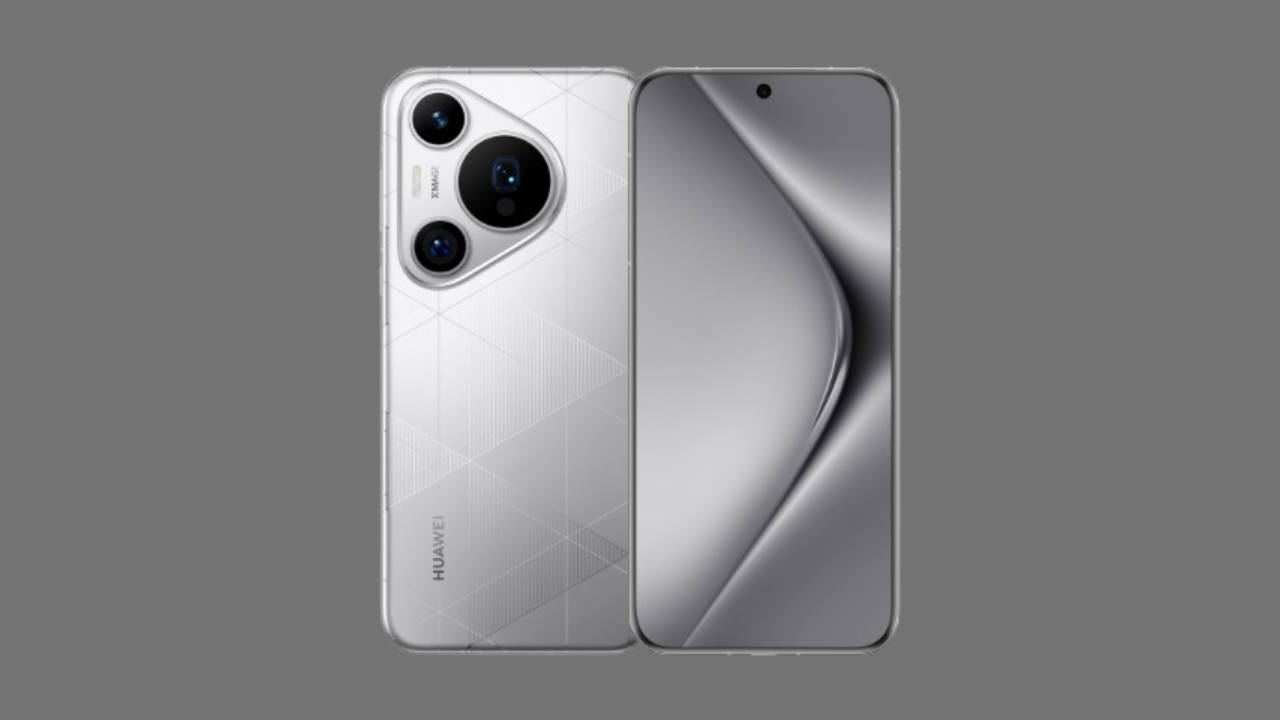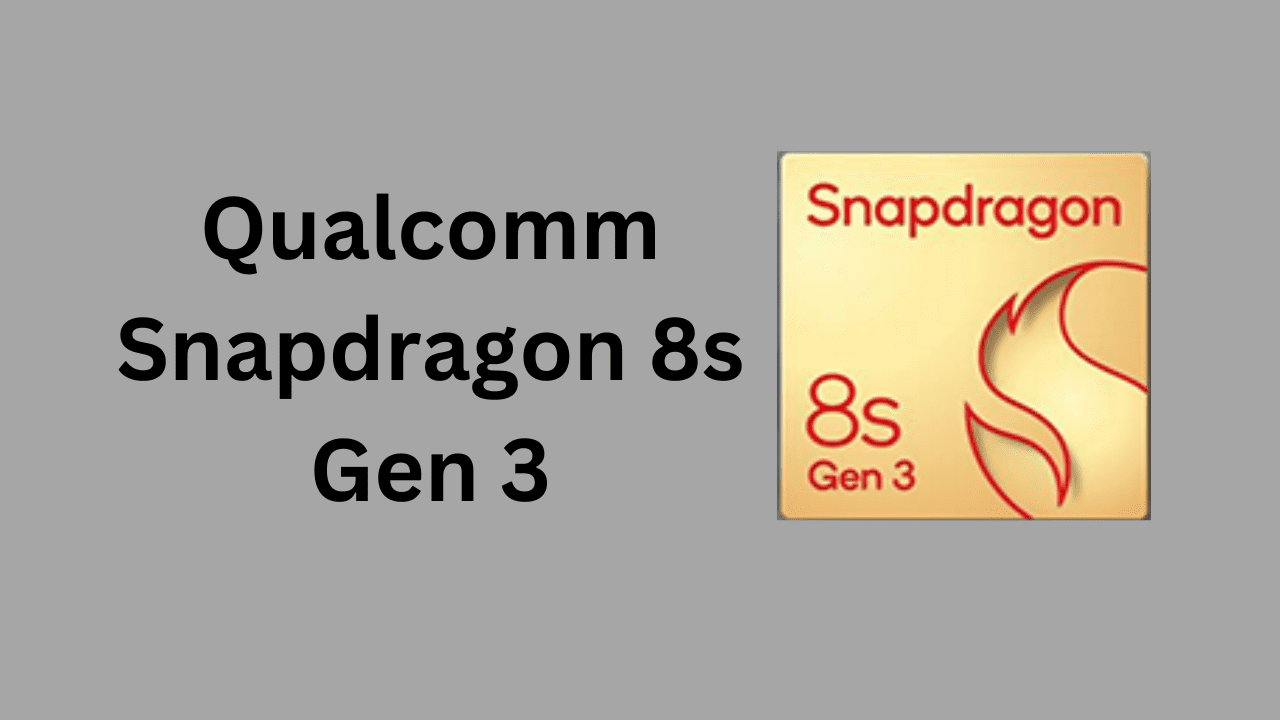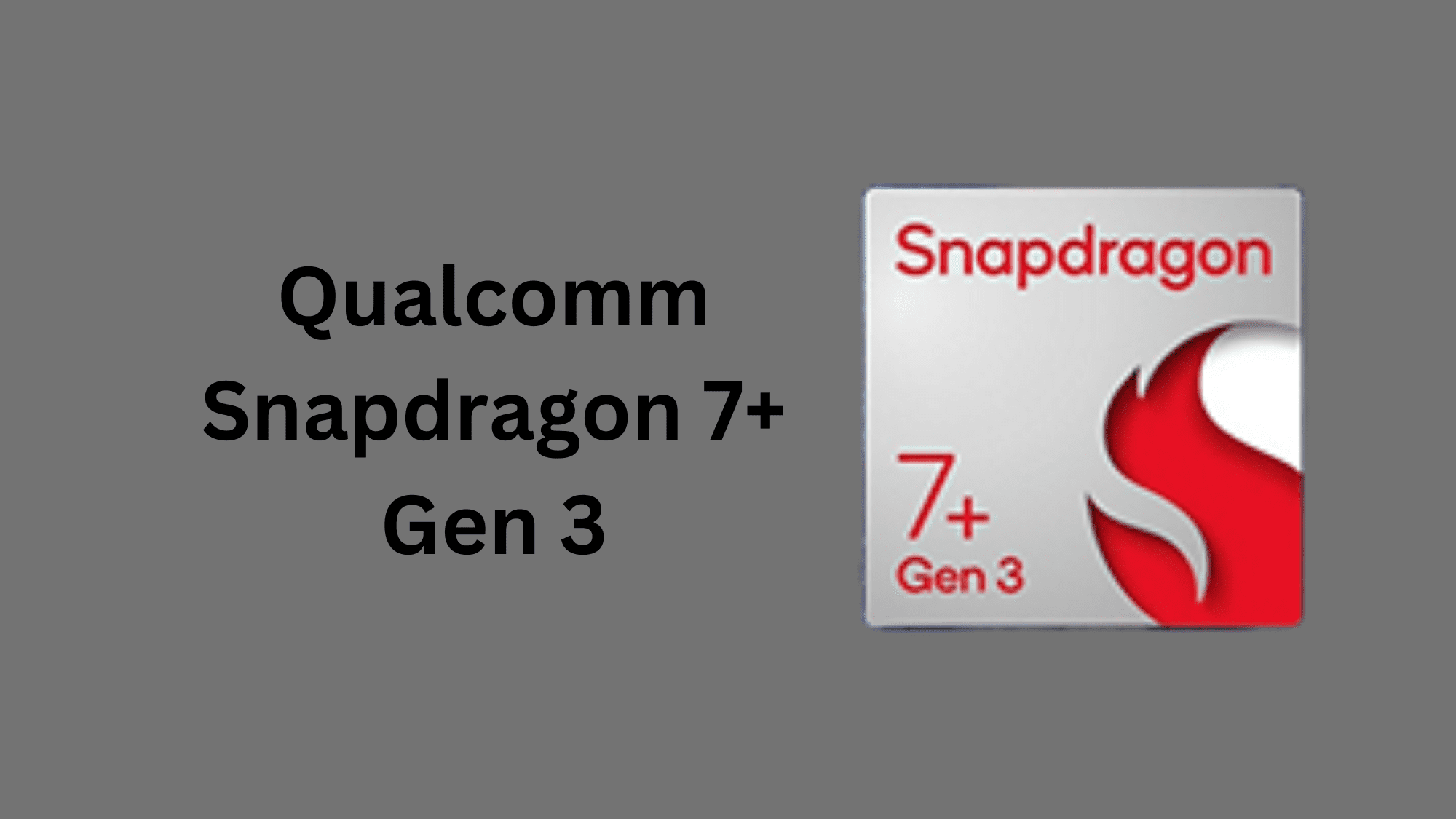
Nvidia just revealed the Nvidia GeForce RTX 4080 alongside their RTX 4090 graphics card. This new 4080 model is one of the first cards to use Nvidia’s Ada Lovelace architecture. Let’s dive into what this means by checking out its specifications and features.
Nvidia GeForce RTX 4080 Overview:
Nvidia’s latest graphics card, the RTX 4080, comes in two versions with different memory sizes: 12GB and 16 GB. Even though they both carry the RTX 4080 name, they’re quite different under the hood. The 12GB variant boasts 7,680 CUDA cores and operates at a base clock speed of 2.31GHz, which can be boosted up to 2.61GHz. It delivers 639 Tensor-TFLOPs, 92 RT-TFLOPs, and 40 Shader-TFLOPs. On the other hand, the 16GB RTX 4080 packs a punch with 9,728 CUDA cores, running at a base clock speed of 2.21GHz and a boost clock speed of 2.51GHz. It offers higher performance with 780 Tensor-TFLOPs, 113 RT-TFLOPs, and 49 Shader-TFLOPs.
In simpler terms, Nvidia has introduced the RTX 4080 graphics card, available in two versions: one with 12GB of memory and another with 16GB. Despite their shared name, these two variants are quite different. The 12GB model has fewer CUDA cores and slightly lower clock speeds compared to the 16GB version. It’s capable of delivering impressive performance with its Tensor-TFLOPs, RT-TFLOPs, and Shader-TFLOPs. On the other hand, the 16GB variant offers more power with higher CUDA core count and clock speeds, resulting in enhanced performance across the board.
Nvidia suggests using different power supplies for their 12GB and 16GB models because these GPUs have different internal hardware setups. The 12GB model needs a power supply of at least 700W, while the 16GB model requires a minimum of 750W to function properly.
Although Nvidia hasn’t given many specifics about the performance improvements of the RTX 4080 compared to previous models like the RTX 3080 Ti, they claim it’s significantly faster—about two to four times faster. This speed boost surpasses even the RTX 3080 by 10% to 15%. This performance leap is credited to two main advancements: DLSS 3 and Shader Execution Reordering (SER).
New and improved Ray Tracing, DLSS
The RTX 4080 comes with advanced features like fourth-generation Tensor cores and an Ada Optical Flow Accelerator. These enhancements make DLSS 3 (Deep Learning Super Sampling) even better, helping create smoother and more detailed graphics in games. DLSS 3 is particularly handy when your computer’s CPU might struggle, as the GPU can handle creating entire frames on its own, resulting in a more immersive gaming experience.
Additionally, the RTX 4080 boasts third-generation RT cores alongside SER (Specialized Ray Tracing Cores). These improvements significantly boost ray tracing performance, making visuals more realistic and immersive. Nvidia claims that these third-generation RT cores offer twice the speed for ray-triangle intersection testing, while the SER optimizes ray-tracing tasks based on the available computing power, further enhancing the overall gaming experience.
- Read More: Best Gaming Laptops in 2024
Nvidia GeForce RTX 4080 Specifications:
- NVIDIA Architecture: Ada Lovelace
- CUDA Cores: 9728
- Base Clock: 2.21 GHz
- Boost Clock: 2.51 GHz
- Standard Memory Config: 16GB GDDR6X
- Memory Interface Width: 256-bit
- Ray Tracing Cores: 3rd-gen 113 TFLOPS
- Tensor Cores (AI): 4th-gen 780 AI TOPS
- NVIDIA Decoder (NVDEC): Gen 5
- HDCP: 2.3
- Maximum Display Resolution: 4K at 240Hz or 8K at 60Hz with DSC, HDR
- Standard Display Connectors: HDMI(2), 3x DisplayPort(3)
- Power Supply: 750W (recommended)











